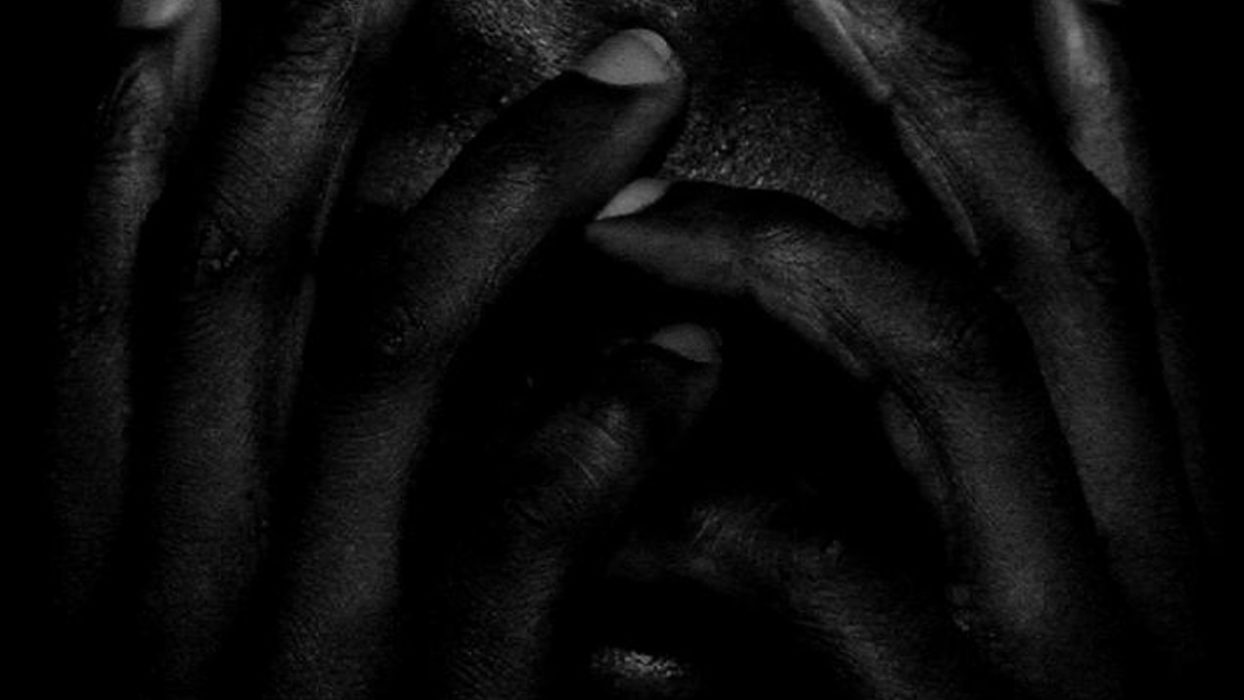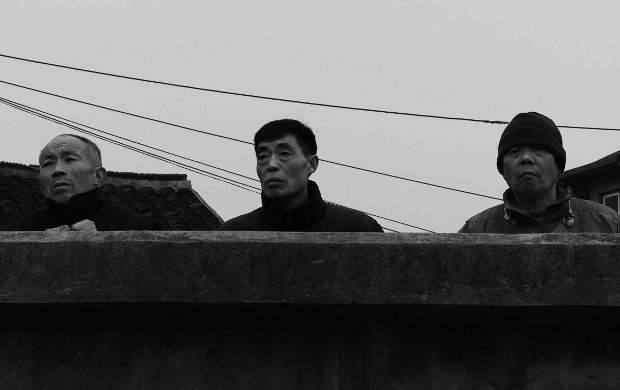Paris est une fête – Un film en 18 vagues
Paris Is a Moveable Feast - A Film in 18 Waves
- 2017
- France
- 95 minutes
- French
Sylvain George crosses Paris in 2015 and 2016 with an “unaccompanied foreign minor”. A leitmotif of these “18 waves” rendered in a tempestuous black and white is the Place de la République – at the same time, a mausoleum and a battle field.
Sylvain George crosses Paris in 2015 and 2016 with an “unaccompanied foreign minor”, as the official term has it. This whirlwind in black-and-white mixes the details of iconic monuments with life in the streets. “Aubervilliers: our facilities improve your quality of life” proclaims a municipal billboard in front of a group of homeless foreigners. This urban symphony in the vein of Dziga Vertov and rendered feverish by the prevailing state of emergency refrains from choosing between the figuration and transfiguration of reality. The fragments of things seen are interrupted, for example, to give voice to the story of a young Guinean’s journey across the Mediterranean. The film’s “18-wave” sequence suggests correspondences between his story and the memory of two boys who died electrocuted by a transformer in Clichy in 2005. Events, people and discourse are juxtaposed, collide and sometimes intertwine, bringing to light causal relations. The film spirals in on the Place de la République, which is both a mausoleum and a battle field in the violent images of riot police trampling on flowers left to commemorate the victims of the 2015 terror attacks. Filmed at various demonstrations, the slogans and gestures of revolt are never reduced to an unambiguous content. The activism of Vigo in À propos de Nice connects with the red, white and blue titles of the films Godard made in the seventies, but these cinephile flashes never overshadow reality. From wave to wave, the young African reappears, story-telling, smoking, slamming, bearing witness to the fact that, as the name of a café we see suggests, Paris raises a toast “to renaissance”. (Charlotte Garson)
- Production : Marie-Noëlle George
- Distribution : Zeugma Films
- Editing : Sylvain George
- Sound : Sylvain George
- Photography : Sylvain George
- Music : King's Creews




